Explore Our Zoo
Explore our Zoo and animals through our categorized exhibits and animal groups!
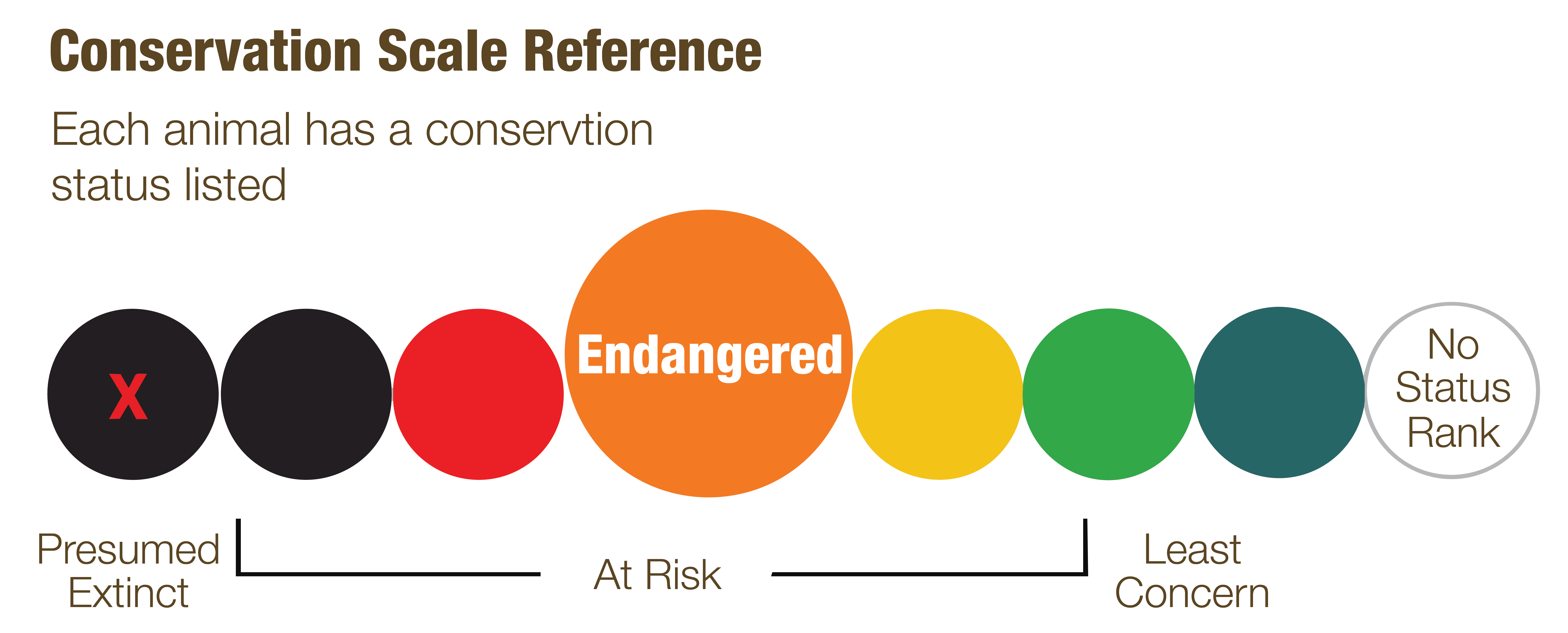
Africa!
Upon entering the Zambezi River Village in Peoria Zoo’s Africa exhibit; You will experience a unique simulation of African grasslands. As you overlook our interpretation of the Zambezi River you can view six different species whose barriers are invisible to the public.
Continuing on the boardwalk, experience a drop in temperature as you descend amid the lush, thick foliage and approach many forest dwelling species. Red River Hogs by far the most colorful and striking of the wild pigs are housed in the same exhibit with Colobus monkeys. Continuing on the path the striking Mandrills are sure to catch the attention of all who walk their way. These endangered monkeys are one of the largest species of monkey in the world. Their furry head crests, manes, and beards are quite impressive, but what will really get your attention is their bright coloration. They have thick ridges along their noses that are purple and blue, their noses and lips are red, and their beards are golden.
Upon returning to the Zambezi River Village one last very special experience awaits you. This one-of-a-kind exhibit is designed to interpret some of the small species living in Africa.
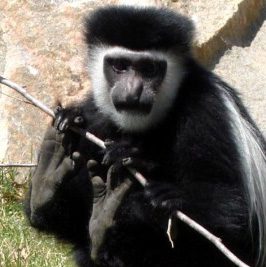
Colobus Monkey – Colobus guereza
Class – Mammal
Status – Least Concern
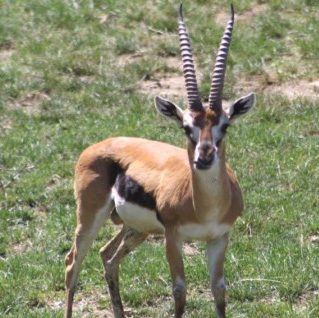
Thomson’s Gazelle – Gazella Thomsoni
Class – Mammal
Status – Near Threatened

Aldabra Tortoise – Geochelone gigantea
Class – Reptile
Status – Vulnerable
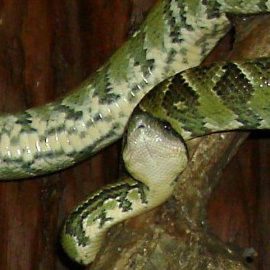
Madagascar Tree Boa – Sanzinia madagascariensis
Class – Reptile
Status – Least Concern
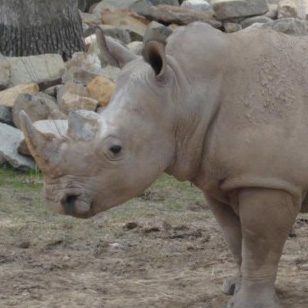
White Rhinoceros – Ceratotherium simum
Class – Mammal
Status – Critically Endangered

African Lion – Panthera leo krugeri
Class – Mammal
Status – Vulnerable
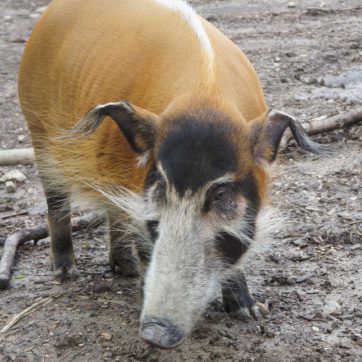
Red River Hog – Potamochoerus porcus
Class – Mammal
Status – Least Concern
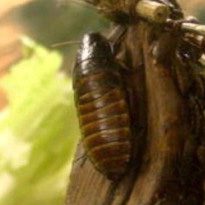
Madagascar Hissing Cockroach – Gromphadorhina portentosa
Class – Invertebrates
Status – Least Concern
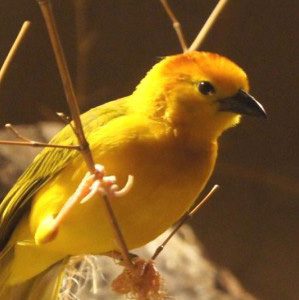
Taveta Golden Weaver – Ploceus castaneiceps
Class – Bird
Status – Least Concern
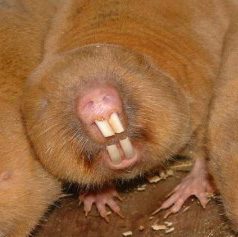
Giant Zambian Mole Rat – Cryptomys meachowi
Class – Mammal
Status – No Status
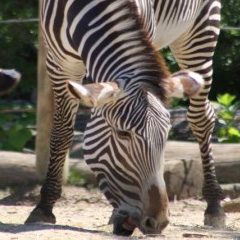
Grevy’s Zebra – Equus grevyi
Class – Mammal
Status – Endangered
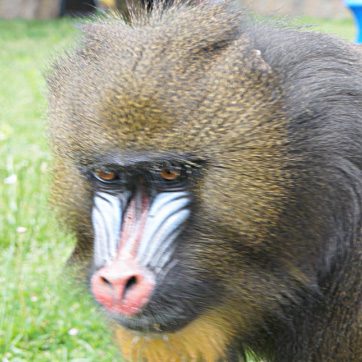
Mandrill – Mandrillus sphinx
Class – Mammal
Status – Endangered
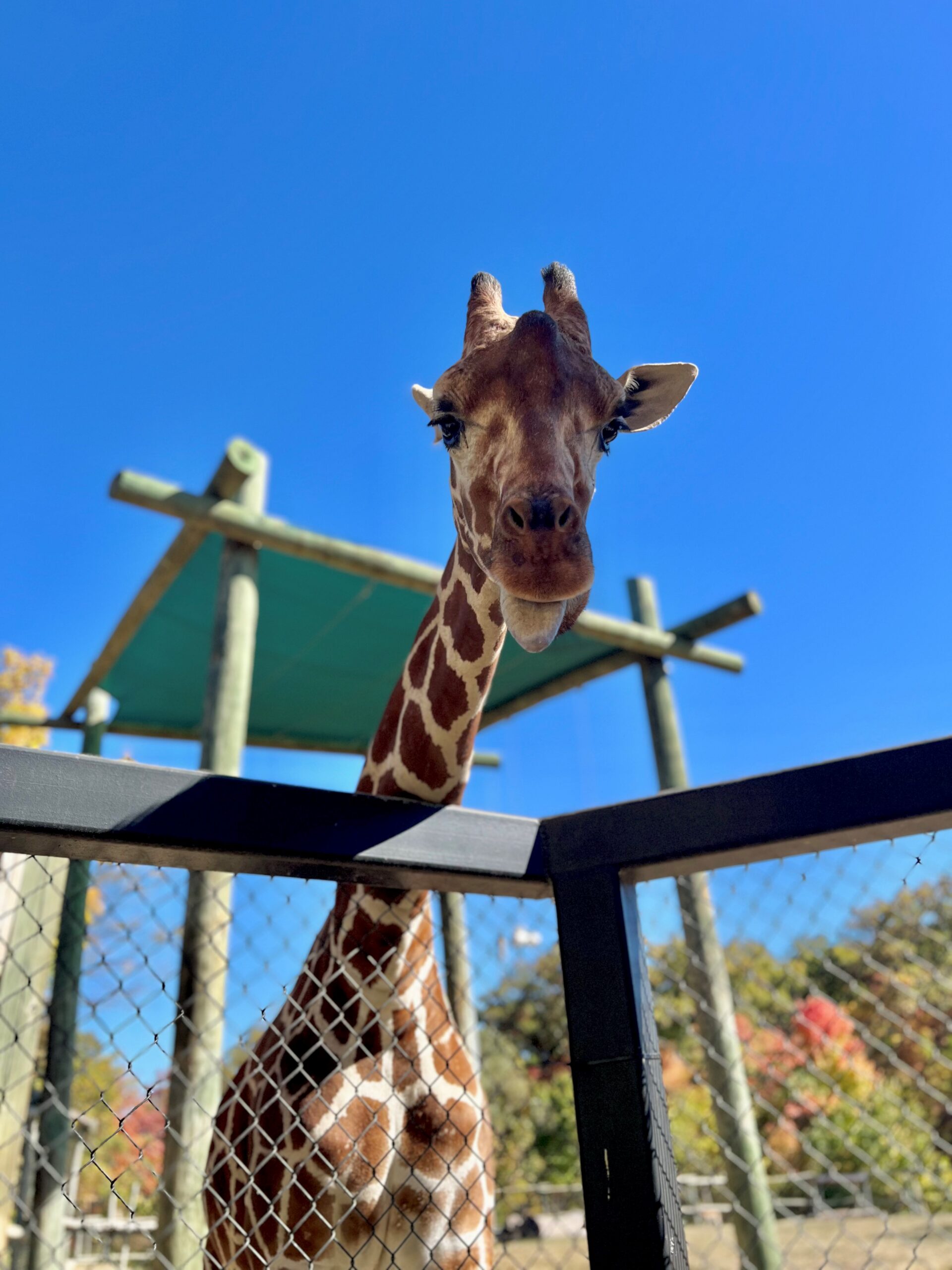
Giraffe – Giraffa camelopardalis reticulata
Class – Mammal
Status – Endangered
Asian Trail
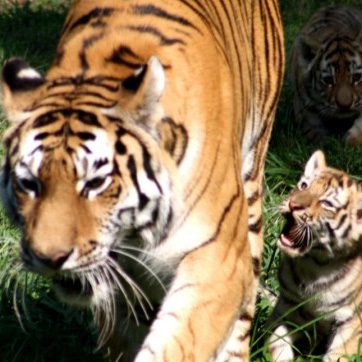
Amur (Siberian) Tiger – Panthera tigris altaica
Class – Mammal
Status – Endangered
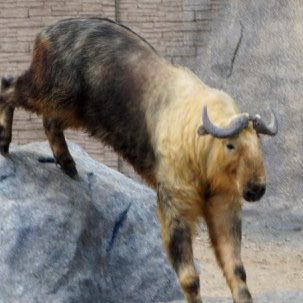
Takin – Burdorcas taxicolor
Class – Mammal
Status – Vulnerable
Australia Walk-About
Come eye to eye with an emu as you walk with the wallabies through this exhibit. Open 10:00 – 4:30 (last entry 4:15) daily between Memorial Day and Labor Day. Aussie animals can also be viewed from viewing stations outside the exhibit.
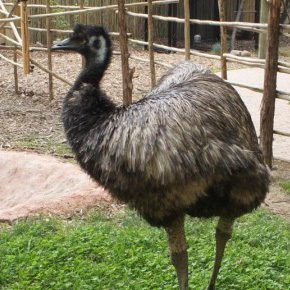
Emu – Dromaius novaehollandiae
Class – Bird
Status – Least Concern
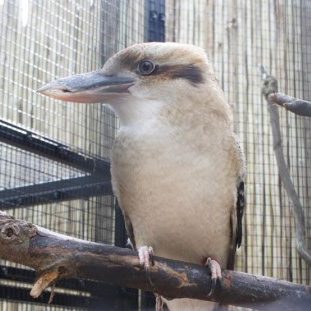
Laughing Kookaburra – Dacelo novaeguineae
Class – Bird
Status – Least Concern
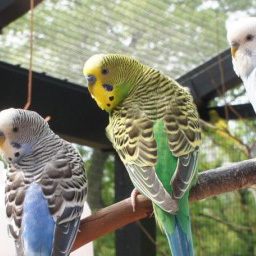
Budgerigar – Melopsittacus Undulatus
Class – Bird
Status – Least Concern
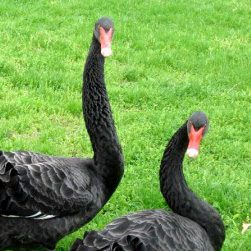
Black Swan – Cygnus atratus
Class – Bird
Status – Least Concern
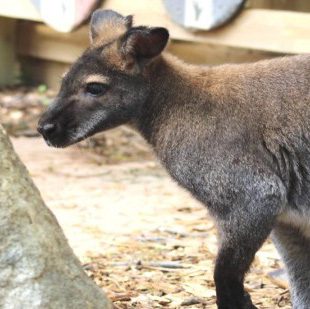
Red-Necked Wallaby – Macropus rufogriseus
Class – Mammal
Status – Least Concern
Conservation Center

Alligator Snapping Turtle – Macroclemys temminckii
Class – Reptile
Status – Endangered
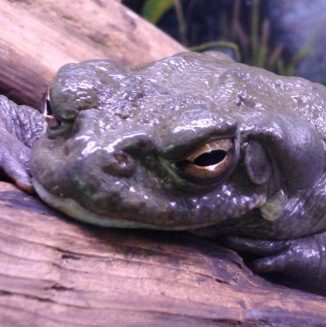
Colorado River Toad – Bufo alvarius
Class – Amphibian
Status – Least Concern
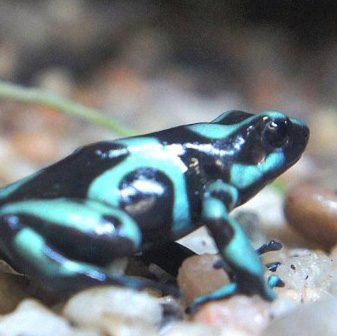
Green and Black Poison Dart Frog – Dendrobates auratus
Class – Amphibian
Status – Least Concern
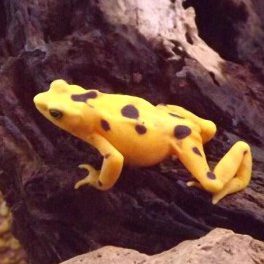
Panamanian Golden Frog – Atelopus zeteki
Class – Amphibian
Status – Critically Endangered
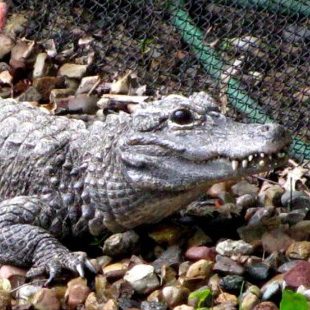
Chinese Alligator – Alligator sinensis
Class – Reptile
Status – Critically Endangered
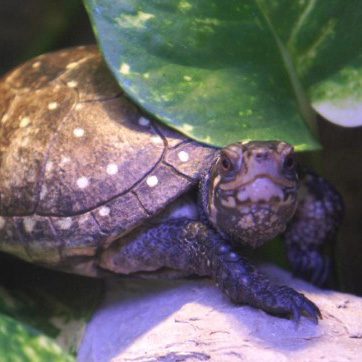
Spotted Turtle – Clemmys guttata
Class – Reptile
Status – Endangered
Contact Barn
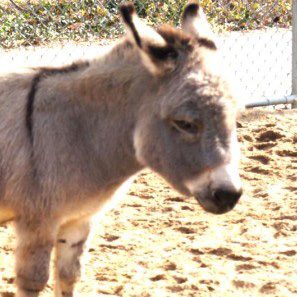
Domestic Donkey – Equus asinus asinus
Class – Mammal
Status – No Status
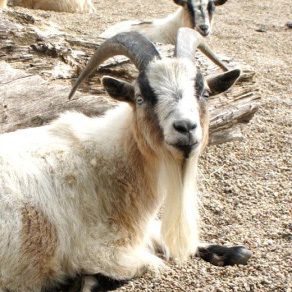
Nigerian Dwarf Goat – Capra hircus hircus nigerian
Class – Mammal
Status – No Status
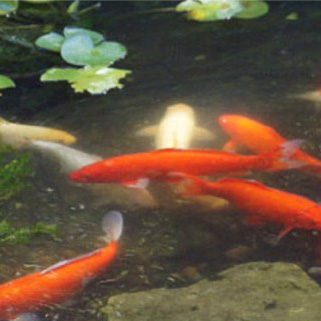
Koi – Cyprinus carpio carpio koi
Class – Fish
Status – Vulnerable
Tropics
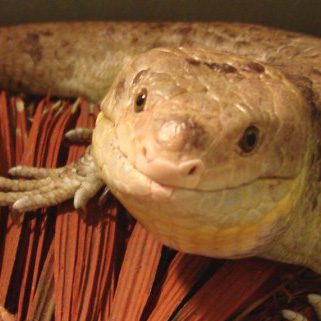
Prehensile-Tailed Skink – Corucia zebrata
Class – Reptile
Status – Near Threatened
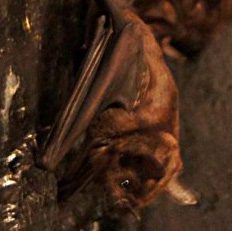
Greater Spear-Nosed Bat – Phyllostomus hastatus
Class – Mammal
Status – Least Concern

Mexican Beaded Lizard – Heloderma horridum horridum
Class – Reptile
Status – Least Concern
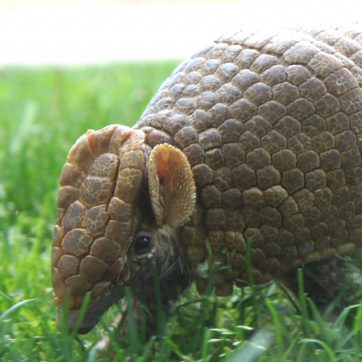
Southern Three-Banded Armadillo- Tolypeutes matacus
Class – Mammal
Status – Near Threatened (stable)
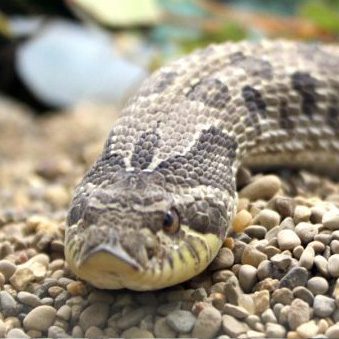
Western Hognose Snake – Heterodon nasicus
Class – Reptile
Status – Least Concern
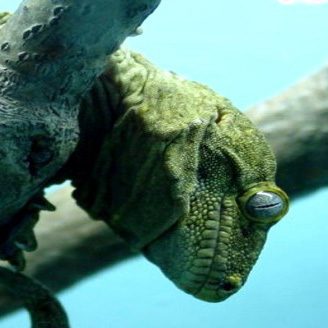
New Caledonian Giant Gecko – Rhacodactylus leachianus
Class – Reptile
Status – Least Concern
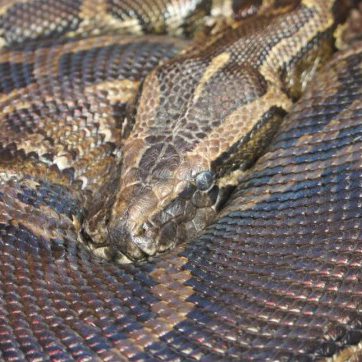
Burmese Python – Python molurus bivittatus
Class – Reptile
Status – Near Threatened
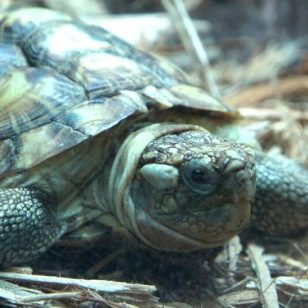
Pancake Tortoise – Malacochersus tornieri
Class – Reptile
Status – Vulnerable

Red-Footed Tortoise – Geochelone carbonaria
Class – Reptile
Status – Vulnerable
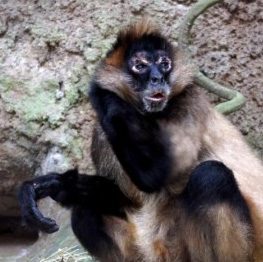
Black-Handed Spider Monkey – Ateles geoffroyi
Class – Mammal
Status – Endangered
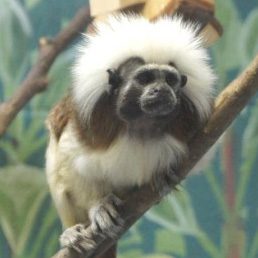
Cotton-Top Tamarin – Saguinus oedipus
Class – Mammal
Status – Critically Endangered
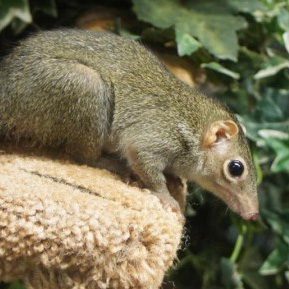
Northern Tree Shrew – Tupaia belangeri
Class – Mammal
Status – Least Concern
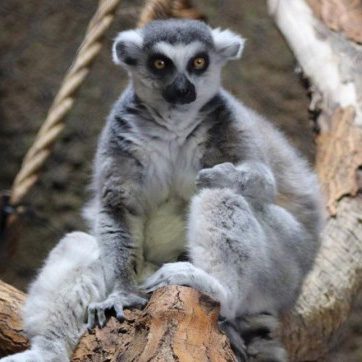
Ring-Tailed Lemur – Lemur catta
Class – Mammal
Status – Endangered
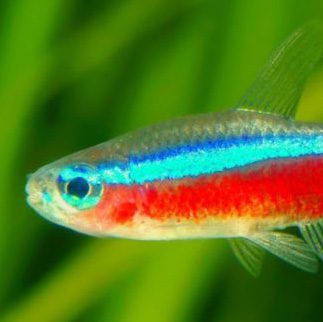
Cardinal Tetra- Paracheirodon axelrodi
Class – Fish
Status – No Status

Dumeril’s Ground Boa – Acrantophis dumerili
Class – Reptile
Status – Least Concern

Firehead Tetra – Hemigrammus bleheri
Class – Fish
Status – No Status

Blue Baboon tarantulas – Monocentropus balfouri
Class – Invertebrates
Status – No Status

Pink Goliath tarantula – Theraphosa apophysis
Class – Invertebrates
Status – No Status
Animal Groups
Reptiles
ALL REPTILES HAVE SCALY SKIN
Reptiles have dry, scaly skin. Their special covering actually helps them hold in moisture and lets them live in dry places.
ALL REPTILES ARE ECTOTHERMS (COLD BLOODED)
This means that reptiles cannot produce sufficient internal heat to maintain a constant body temperature. Instead, reptiles’ body temperature varies, depending on the surrounding temperature. Most reptiles — including all turtles, crocodiles, and alligators — lay eggs. But other reptiles — about one out of five types of lizards and snakes — bear live young.
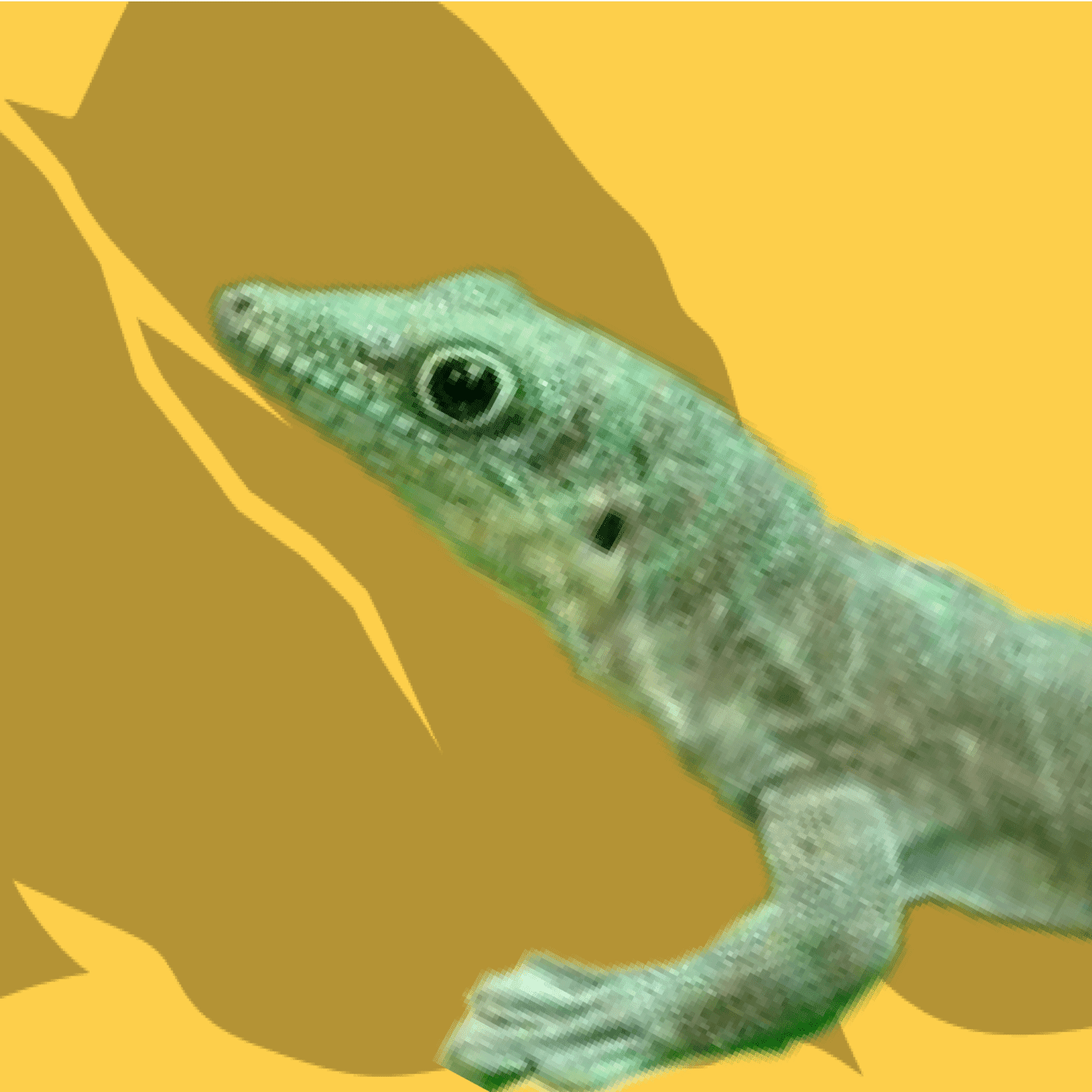
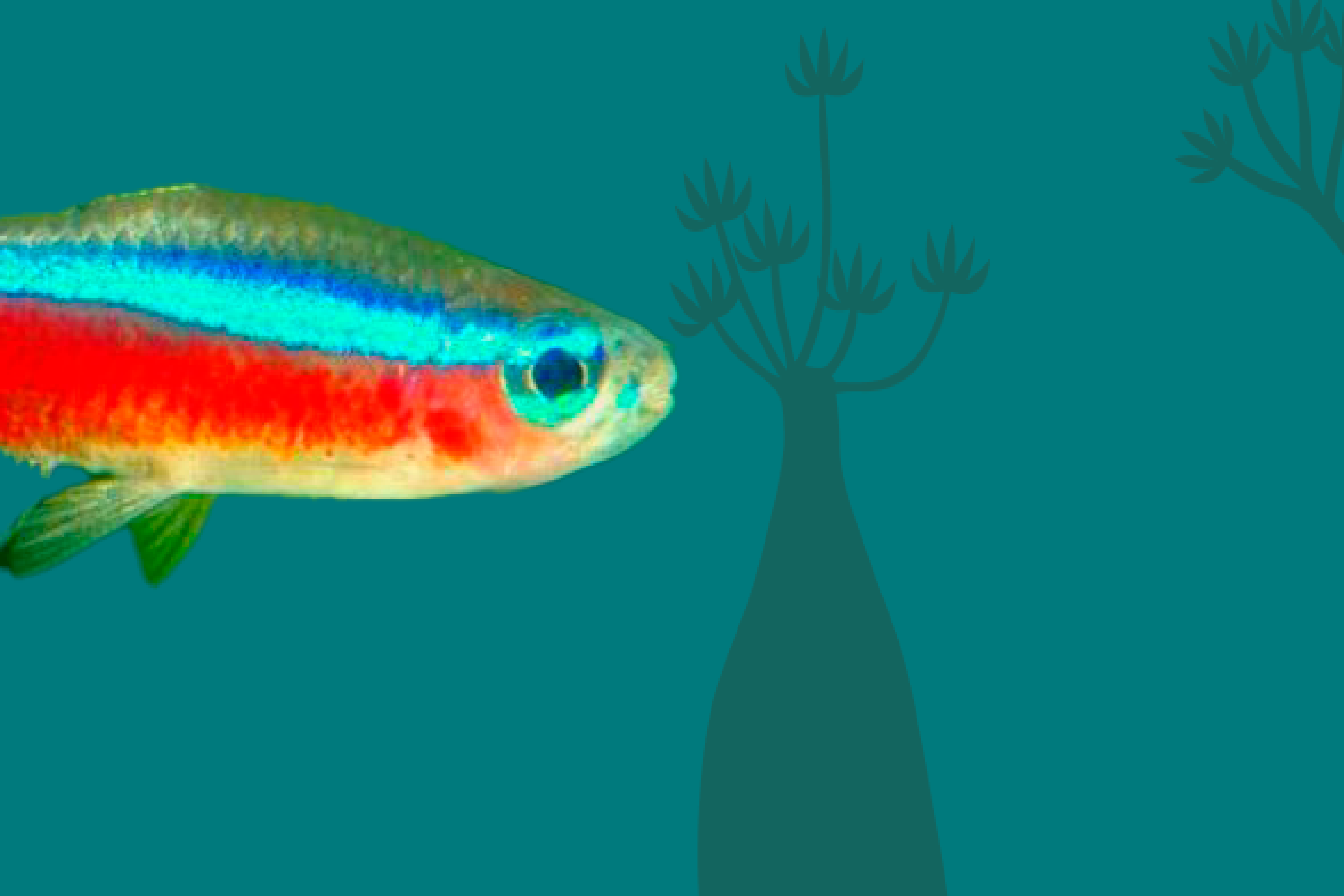
Fish
There are more than 24,000 species of fish living today. This class of animals contains three main groups are: the jawless fish, including lamprey and hagfish; the cartilaginous fish (with a skeleton made of cartilage rather than bone), including sharks and rays; and the largest grouping — the bony fish, including sturgeon, perch, and thousands of others. All fish also have fins, which help them swim forward, turn, and stop, as well as keep upright. Fins come in various shapes and sizes. There are some things that all fish have in common: they breathe with gills. As water flows past the gills, oxygen in the water passes through the gill membranes and into the fish’s blood.
Birds
This class of animals contains species of every conceivable size, form and color. There are more than 9,000 species of birds alive today. Despite their amazing variety and diversity, all birds have one unique characteristic: feathers. Feathers do a number of things. They protect a bird’s skin from wet, cold and injury; their colors and shape play a large role in attracting a mate; and of course, feathers allow a bird to fly.
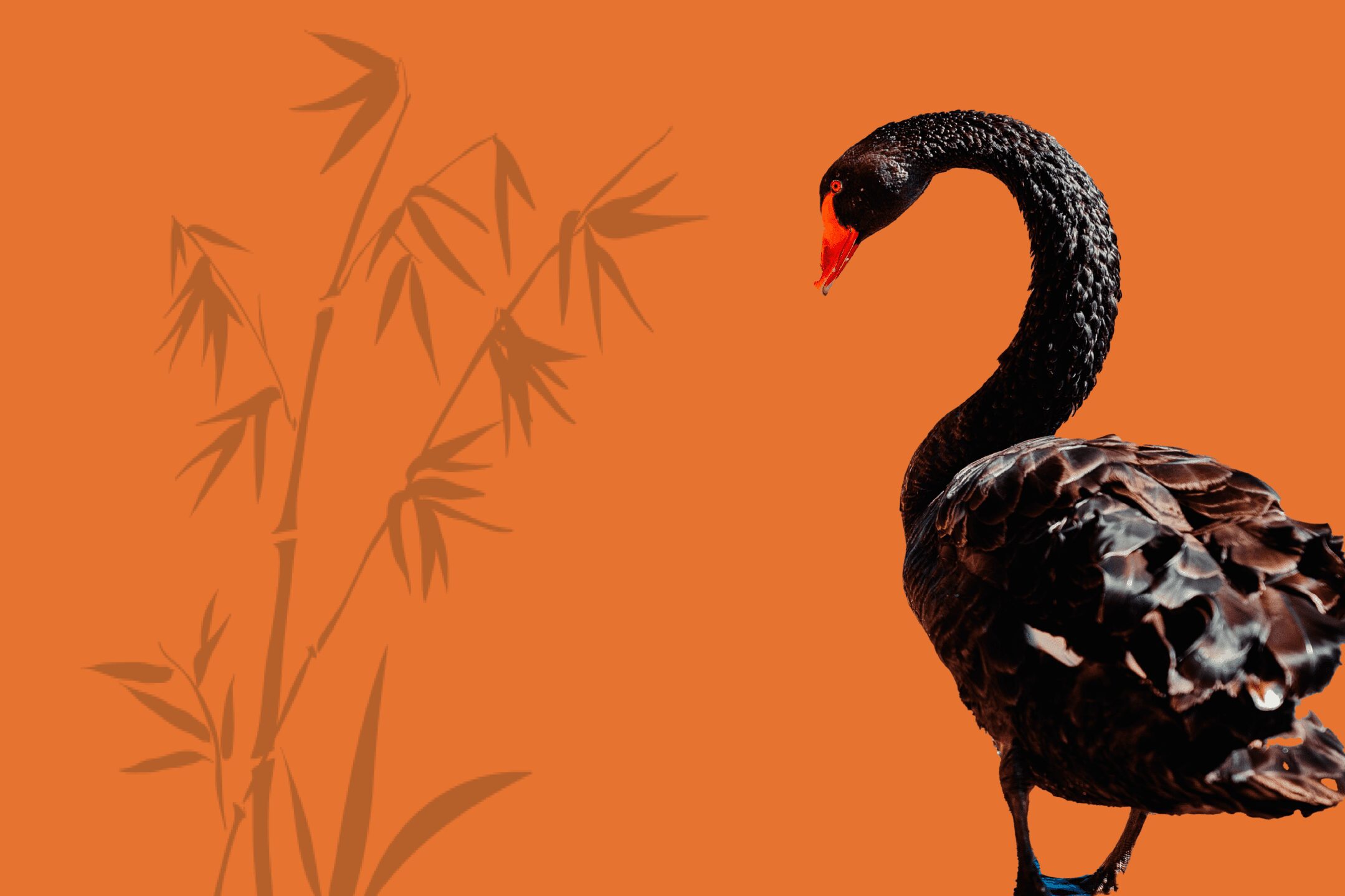
Invertebrates
Invertebrates come in a variety of shapes and sizes, from microscopic organisms to giant octopuses. They can be found in virtually every habitat on earth, from oceans to rainforests. They may float, swim, fly, crawl, wiggle, or stay firmly attached to a surface (like sponges). The only thing all invertebrates have in common is their lack of a backbone.
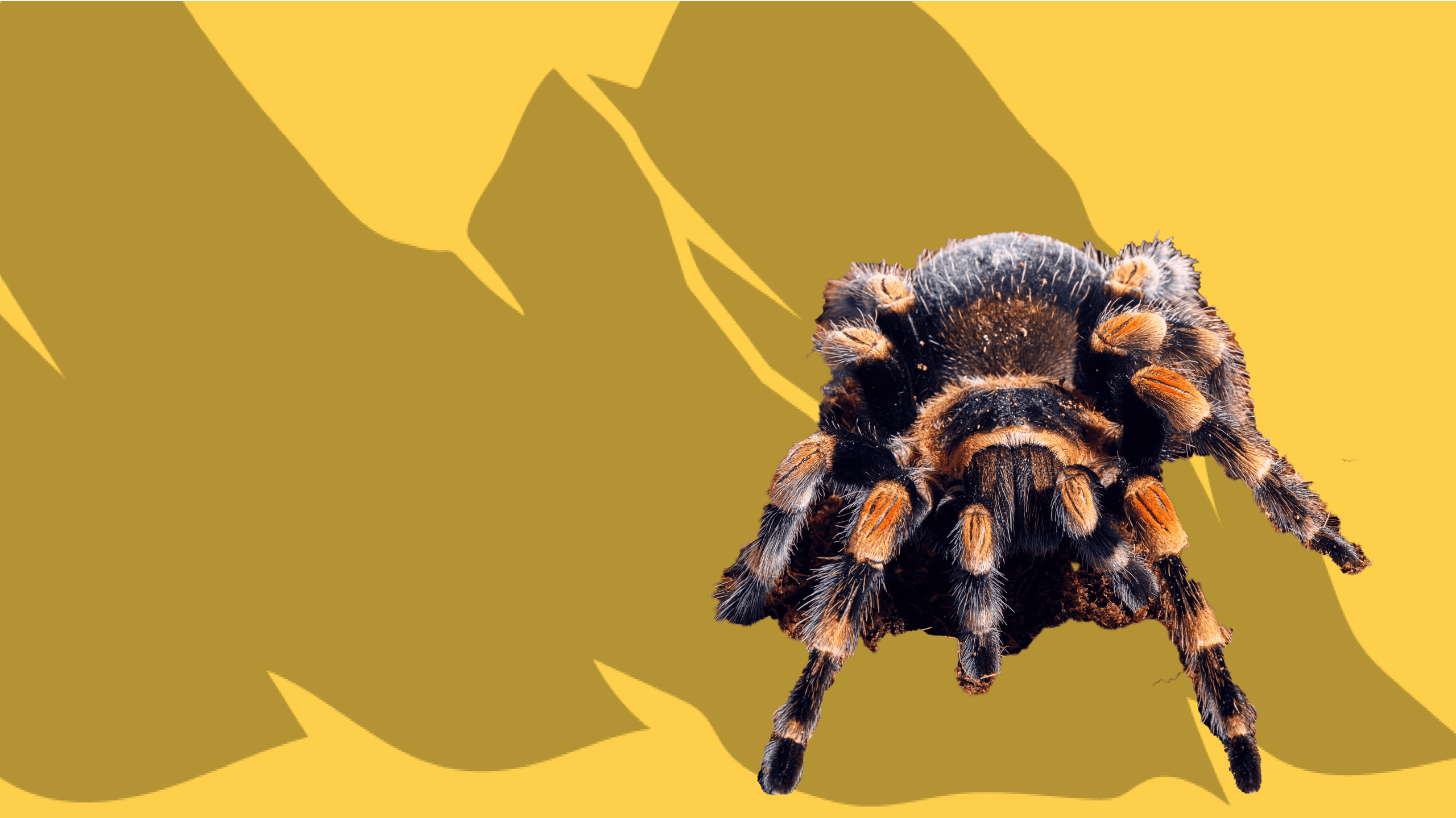
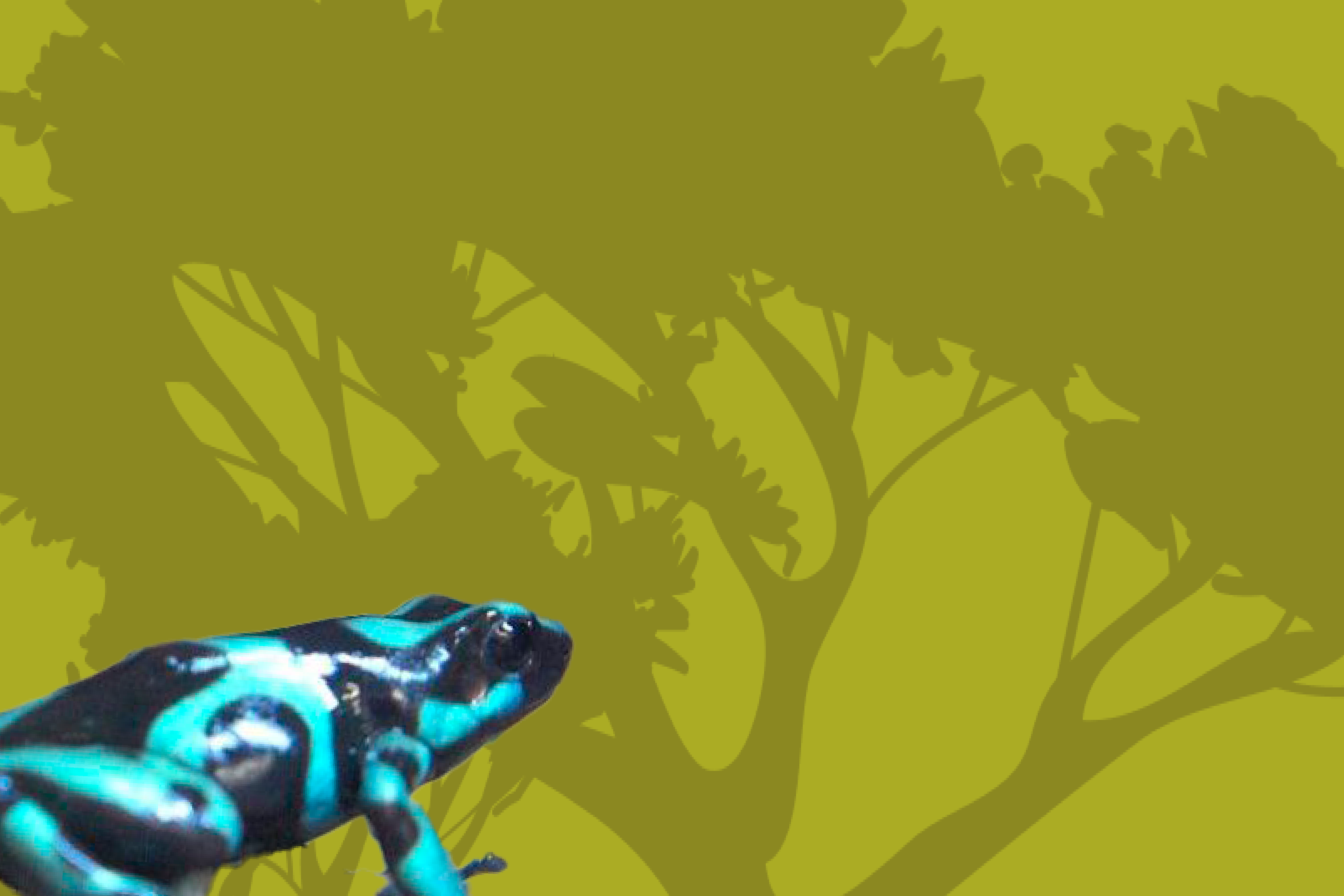
Amphibians
There are more than 6,000 species of amphibians living today. This animal class includes toads and frogs, salamanders and newts, and caecilians. Amphibians have skin that is very permeable. This permeable skin helps them breathe, since oxygen passes easily through it. Amphibians lose a lot of water through their skin. This is why most amphibians are found in moist or humid environments, where they can re-load their water reserves. Amphibians are ectotherms or cold blooded, this means that amphibians cannot produce sufficient internal heat to maintain a constant body temperature. Instead an amphibian’s body temperature varies, depending on the surrounding temperature.
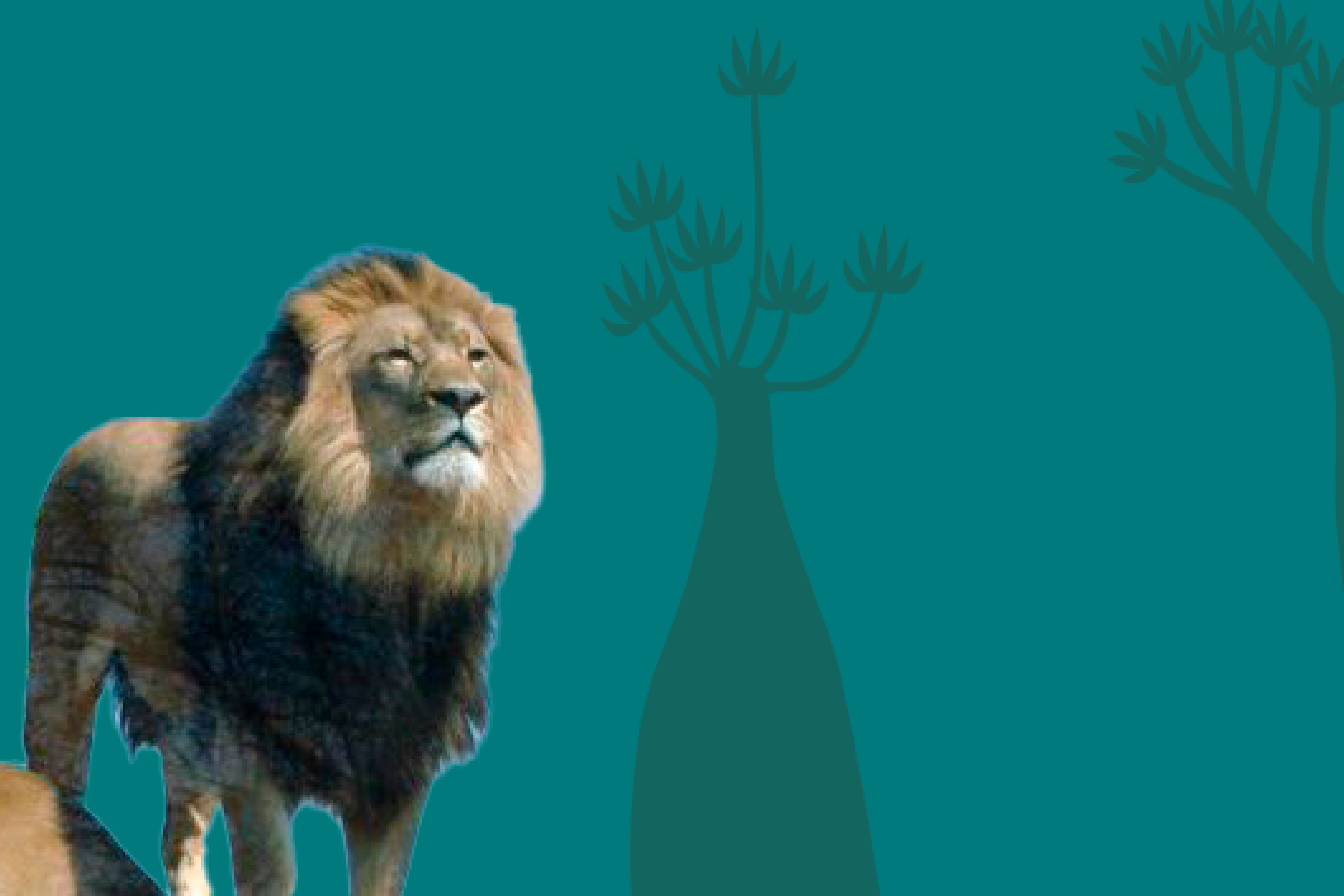
Mammals
There are several characteristics that all of mammals have in common: We nurse our young from mammary glands, hence the name “mammals;” We have hair or fur. Mammals are warm blooded and have lungs to breathe air.
There are more than 7,700 species of reptiles, a class of animals that includes turtles and tortoises, snakes, lizards, crocodiles and alligators, and tuataras.


